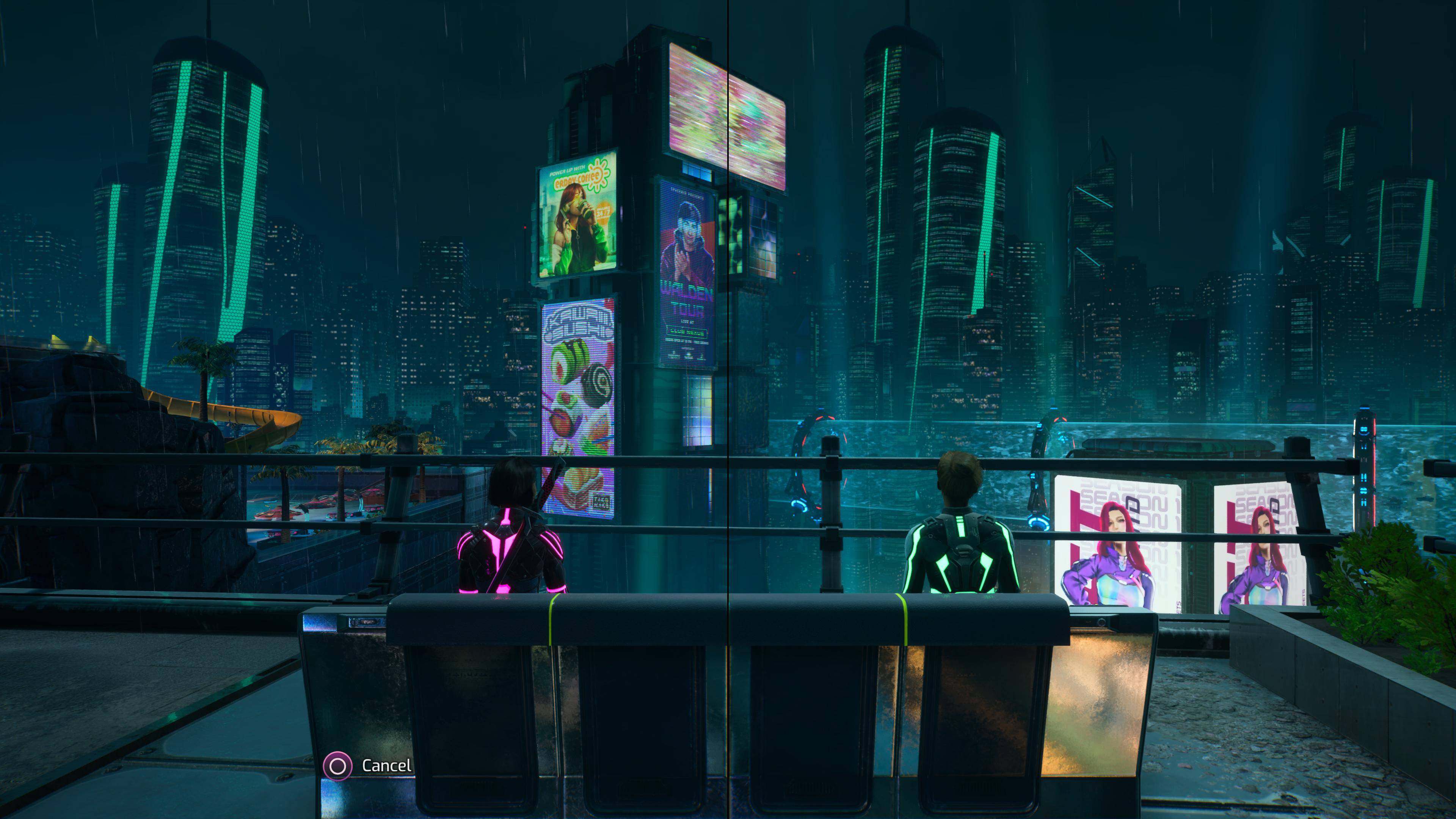New Discovery Reveals SNES Speeds Up with Age, Puzzling Speedrunners
The speedrunning community is buzzing with excitement and curiosity over a surprising technological phenomenon that seems to be making the Super Nintendo Entertainment System (SNES) run games faster as it ages. In early February, Alan Cecil, known on Bluesky as @tas.bot, sparked widespread discussion by suggesting that the iconic console might be performing better now than when it was first released in the 1990s. This intriguing theory implies that the nearly 50 million SNES units sold worldwide could now be offering enhanced performance in popular titles such as Super Mario World, Super Metroid, and Star Fox, rather than deteriorating over time.
The concept of a gaming console improving with age may sound far-fetched, but Cecil's research points to a specific component that could be responsible for this unique behavior: the SNES's audio processing unit (APU), known as the SPC700. According to official Nintendo specifications, the SPC700 has a digital signal processing (DSP) rate of 32,000Hz, controlled by a ceramic resonator operating at 24.576MHz. However, enthusiasts and researchers have long noted discrepancies in these figures, with actual DSP rates varying based on environmental factors like temperature. These fluctuations affect how audio is processed and sent to the CPU, subtly influencing the game's speed.
 The SNES appears to be getting faster with age. Photo by Aldara Zarraoa/Getty Images.
The SNES appears to be getting faster with age. Photo by Aldara Zarraoa/Getty Images.
What makes this situation particularly compelling is the trend Cecil has identified over the past 34 years. He called on SNES owners to gather data, and the results from over 140 responses indicate a steady increase in DSP rates. While earlier measurements in 2007 pegged the average DSP rate at 32,040Hz, Cecil's recent data pushes that figure up to 32,076Hz. Although temperature can impact these numbers, the overall trend suggests that the SNES is indeed processing audio faster as time progresses.
In a follow-up post on Bluesky, Cecil shared detailed data showing how the DSP rate varies from 31,965Hz to 32,182Hz across different temperatures, yet the increase over time remains significant. "Based on 143 responses, the SNES DSP rate averages 32,076Hz, rising 8Hz from cold to warm," he noted, highlighting the need for further research to understand the cause and the precise impact on game performance.
As the SNES approaches its 35th anniversary, this phenomenon has significant implications for the speedrunning community. If the SPC700 is processing audio more quickly, it could theoretically shorten load times and affect game performance. However, Cecil cautions that more data from the console's early years is needed to fully understand the situation. The potential for faster audio processing to influence speedruns, even if by less than a second, is a topic of intense debate and investigation.
Despite these developments, the consensus among speedrunners is that the impact on leaderboard rankings and records might be minimal. As Cecil continues his research, the SNES continues to defy expectations, seemingly improving with age. For more insights into the SNES's remarkable journey, check out its position on the list of best-selling consoles of all time.
-
 Mar 17,25All Split Fiction Achievements & How to Unlock Them Dive into the captivating co-op adventure Split Fiction from Hazelight Studios! This guide outlines every achievement, ensuring you and your partner conquer every challenge. While some trophies are earned naturally through the story, many require thorough exploration and unique actions. Use this g
Mar 17,25All Split Fiction Achievements & How to Unlock Them Dive into the captivating co-op adventure Split Fiction from Hazelight Studios! This guide outlines every achievement, ensuring you and your partner conquer every challenge. While some trophies are earned naturally through the story, many require thorough exploration and unique actions. Use this g -
 Mar 19,25How Does Dragon Ball Daima’s Finale Explain Goku Never Using Super Saiyan 4 in Super? The climactic battle in Dragon Ball Daima's finale pits Gomah against Goku, showcasing Goku's newly acquired form. This episode naturally led many fans to anticipate an explanation for Super Saiyan 4's absence in Super. So, how does the finale address this?In episode 19, after Glorio's wish restore
Mar 19,25How Does Dragon Ball Daima’s Finale Explain Goku Never Using Super Saiyan 4 in Super? The climactic battle in Dragon Ball Daima's finale pits Gomah against Goku, showcasing Goku's newly acquired form. This episode naturally led many fans to anticipate an explanation for Super Saiyan 4's absence in Super. So, how does the finale address this?In episode 19, after Glorio's wish restore -
 Jan 16,25Girls' Frontline 2: Exilium Tier List Released Another free-to-play gacha game, another character ranking to guide your investment choices. This Girls’ Frontline 2: Exilium character tier list helps you prioritize which characters are worth your resources. Girls’ Frontline 2: Exilium Character Tier List Here's a breakdown of currently available
Jan 16,25Girls' Frontline 2: Exilium Tier List Released Another free-to-play gacha game, another character ranking to guide your investment choices. This Girls’ Frontline 2: Exilium character tier list helps you prioritize which characters are worth your resources. Girls’ Frontline 2: Exilium Character Tier List Here's a breakdown of currently available -
 Mar 18,25Avowed Best PC Settings for Max FPS *Avowed*, a visual masterpiece, immerses you in a richly detailed world. To fully appreciate its stunning graphics without sacrificing performance, optimizing your PC settings is key. This guide helps you strike the perfect balance between breathtaking visuals and smooth gameplay.Recommended Videos
Mar 18,25Avowed Best PC Settings for Max FPS *Avowed*, a visual masterpiece, immerses you in a richly detailed world. To fully appreciate its stunning graphics without sacrificing performance, optimizing your PC settings is key. This guide helps you strike the perfect balance between breathtaking visuals and smooth gameplay.Recommended Videos
